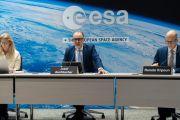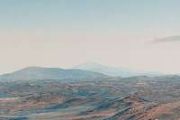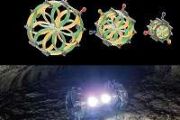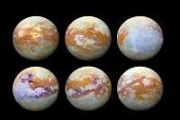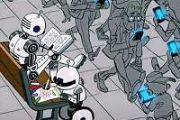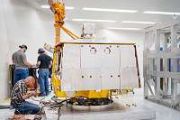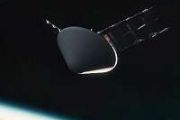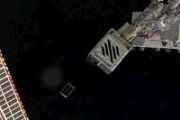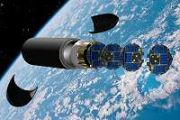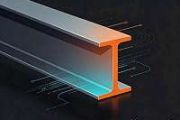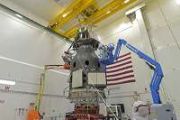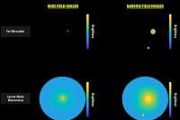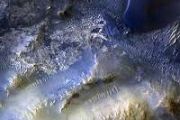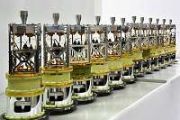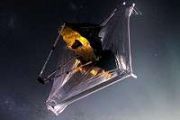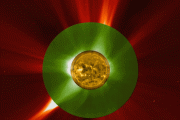
Copernical Team
Inflatable Moon base
 Image:
Inflatable Moon base
Image:
Inflatable Moon base After NASA’s asteroid impact, ESA’s Hera comes next
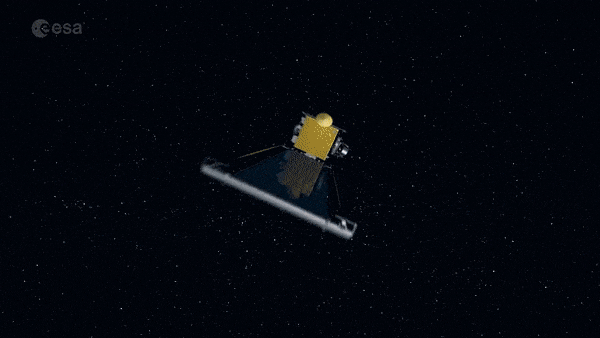
This month NASA’s DART spacecraft will collide with the smaller of the two Didymos asteroids in deep space, attempting to shift its orbit in what will be humankind’s first test of the ‘kinetic impactor’ planetary defence technique. Meanwhile, down on the ground, ESA’s follow-on mission to Didymos has reached its own crucial milestone.
One small step for a robot
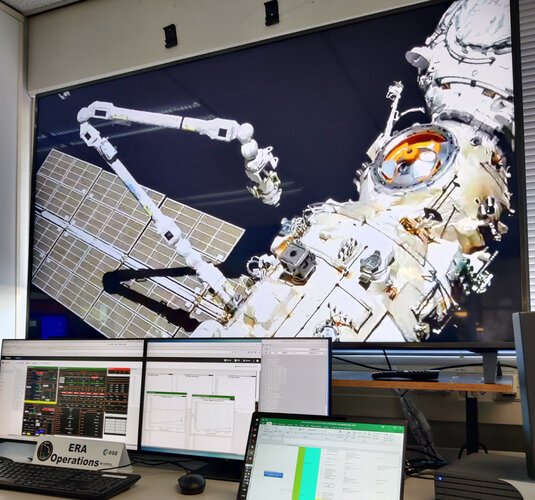 Image:
One small step for a robot
Image:
One small step for a robot Latest Galileo satellites join constellation with enhanced, faster fix
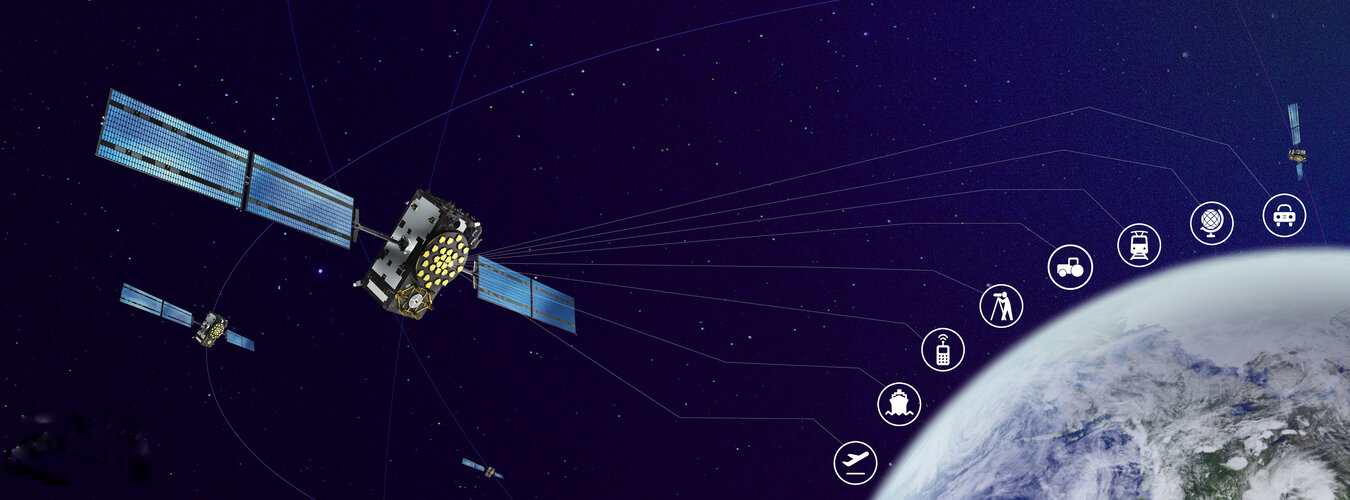
Europe’s latest Galileo satellites in space have joined the operational constellation, transmitting navigation signals to three billion users across planet Earth as well as relaying distress calls to rescuers. Their entry into service follows a summer test campaign and will result in a measurable increase in positioning accuracy and improved data delivery performance of the overall Galileo system.
Webb's first full-color images, data are set to sound

There's a new, immersive way to explore some of the first full-color infrared images and data from NASA's JWST—through sound. Listeners can enter the complex soundscape of the Cosmic Cliffs in the Carina Nebula, explore the contrasting tones of two images that depict the Southern Ring Nebula, and identify the individual data points in a transmission spectrum of hot gas giant exoplanet WASP-96 b.
A team of scientists—including Kim Arcand of the Center for Astrophysics | Harvard & Smithsonian—musicians, and a member of the blind and visually impaired community worked to adapt JWST's data, with support from the JWST mission and NASA's Universe of Learning.
"Music taps into our emotional centers," says Matt Russo, a musician and physics professor at the University of Toronto. "Our goal is to make Webb's images and data understandable through sound—helping listeners create their own mental images."
These audio tracks support blind and low-vision listeners first, but are designed to be captivating to anyone who tunes in.
"These compositions provide a different way to experience the detailed information in Webb's first data.
MOXIE experiment reliably produces oxygen on Mars

On the red and dusty surface of Mars, nearly 100 million miles from Earth, an instrument the size of a lunchbox is proving it can reliably do the work of a small tree.
The MIT-led Mars Oxygen In-Situ Resource Utilization Experiment, or MOXIE, has been successfully making oxygen from the Red Planet's carbon-dioxide-rich atmosphere since February 2021, when it touched down on the Martian surface as part of NASA's Perseverance rover mission.
In a study published in the journal Science Advances, researchers report that, by the end of 2021, MOXIE was able to produce oxygen on seven experimental runs, in a variety of atmospheric conditions, including during the day and night, and through different Martian seasons. In each run, the instrument reached its target of producing six grams of oxygen per hour—about the rate of a modest tree on Earth.
Researchers envision that a scaled-up version of MOXIE could be sent to Mars ahead of a human mission, to continuously produce oxygen at the rate of several hundred trees. At that capacity, the system should generate enough oxygen to both sustain humans once they arrive, and fuel a rocket for returning astronauts back to Earth.
MAVEN and EMM make first observations of Mars' patchy proton aurora

Researchers find spaceflight may be associated with DNA mutations, increased risk of heart disease and cancer

Space tech: In Jilin, they build satellites
 Over the past decade, Chen Maosheng and his team have manufactured satellites - a lot of them. They've built 53 Jilin-1 Gaofen-03 satellites, 43 of which have been launched and operated in orbit.
Chen, 37, chief Jilin-1 Gaofen-03 designer, began leading the team to scientific and technological breakthroughs in 2012, when he entered Changguang Satellite Technology, a State-owned enterprise
Over the past decade, Chen Maosheng and his team have manufactured satellites - a lot of them. They've built 53 Jilin-1 Gaofen-03 satellites, 43 of which have been launched and operated in orbit.
Chen, 37, chief Jilin-1 Gaofen-03 designer, began leading the team to scientific and technological breakthroughs in 2012, when he entered Changguang Satellite Technology, a State-owned enterprise Discovery of the oldest visible planetary nebula hosted by a 500 million year old galactic cluster
 An international team of astronomers led by members of the Laboratory for Space Research (LSR) and Department of Physics at The University of Hong Kong (HKU), have discovered a rare celestial jewel-a so-called Planetary Nebula (PN) inside a 500 million-year-old Galactic Open Cluster (OC) called M37 (also known as NGC2099). This is a very rare finding of high astrophysical value. Their findings h
An international team of astronomers led by members of the Laboratory for Space Research (LSR) and Department of Physics at The University of Hong Kong (HKU), have discovered a rare celestial jewel-a so-called Planetary Nebula (PN) inside a 500 million-year-old Galactic Open Cluster (OC) called M37 (also known as NGC2099). This is a very rare finding of high astrophysical value. Their findings h 
